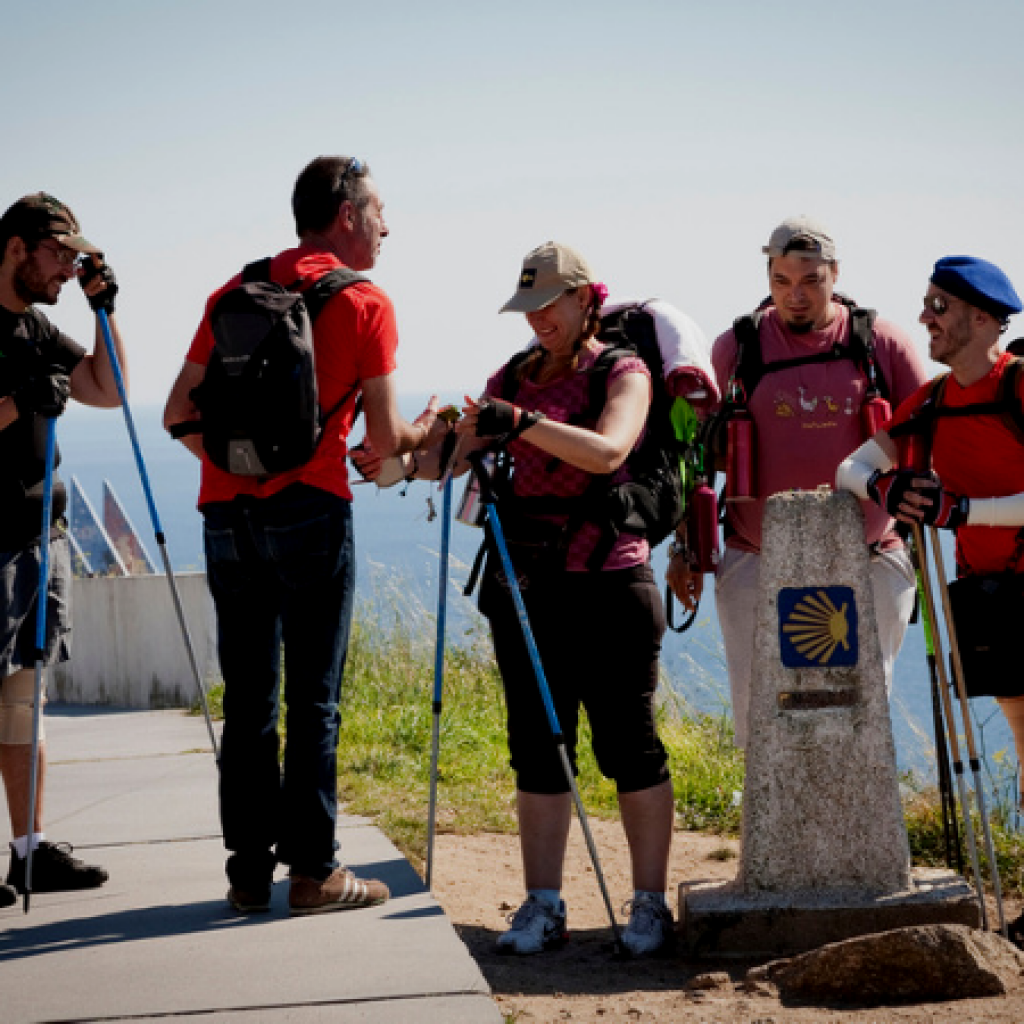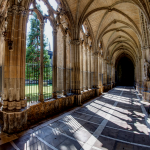ABOUT FOREIGNERS.

Every day there are more pilgrims who come to the Camino from outside our borders and, therefore, wander who they’ll find in Spain. Statistical data reflects the multiculturality of the Camino where 55% of pilgrims are foreigners so, communication may become the biggest obstacle, although at the same time the opportunity to learn about new cultures.
As the Camino is multicultural pilgrims will surely find compatriots on their route wherever they come from. But this also means that there will many other people from other countries. Within this particular Tower of Babel, foreign pilgrims mostly use English to communicate with each other along with staff at different accommodation spots. It is necessary to taken in account that, between British and Americans, 27,823 pilgrims are anglophones. On the other hand, 21,220 Germans passed through the Camino last season, of whom a large percentage speak English.
Italian, French and Portuguese are the other two languages usually heard on the route. People who come from these two countries will try to communicate, in most cases, in Spanish, due to the similarity between Romance languages, although it is also common for them to use English to interact with people from different countries. Obviously Portuguese is the main language on the Portuguese route, which goes from Lisbon to Santiago de Compostela, beginning in Tui, the national stretch of this Camino.
Even though official data on foreign pilgrims does not show a large number of people coming from South America on the Camino de Santiago, it’s being observed more and more people arriving from countries such as Argentina, Mexico and Brazil. Pilgrims arriving from these countries further increase the diversity on the Jacobean routes. In other words, more Spanish and Portuguese speakers on the Camino and a better chance to learn more about the nuances of each of these countries. Also Ireland helps enrich this cultural experience as it has become the country in the top 6 of pilgrims on the Camino de Santiago.
But South Korea is, undoubtedly, the focus of an unusual phenomenon. Today it is common to find many pilgrims coming from this country, with more intensity throughout the winter months. The reason: The Camino de Santiago has become a recurring theme in Korean literature and cinema. In 2006, a book written by journalist Kim Nan Hee was popularised in the country. The book was titled The journey of a woman alone wove the tale of her own experience crossing the Camino Francés. Her steps were followed by another writer, Kim Hyo Sun, who travelled the trilogy: Camino Francés, Portugués and Vía de la Plata.
Thanks to literature, art and, above all, the positive experiences on the Camino, multiculturalism has invaded all routes, making the Camino de Santiago a benchmark of diversity and allowing pilgrims to take in new cultures.
Despite all of this, communication problems on the Camino are minimal; however, the opportunity to practice and learn foreign languages is enormous. Don’t miss the chance to do it!
Written by pilgrim.es.
Highly recommended by HOSTAL GAU TXORI: comfortable accommodation, traditional food and a wonderful natural landscape as you pass by Zubiri.



